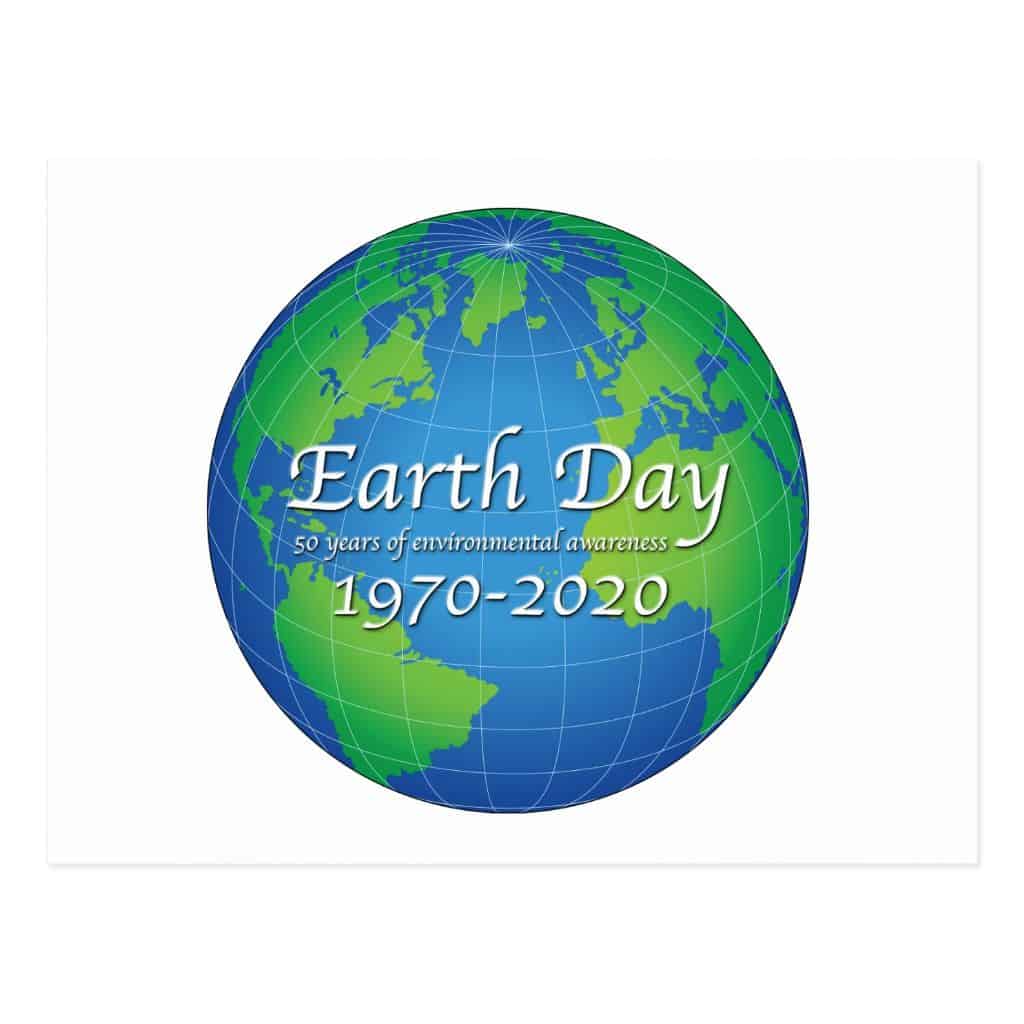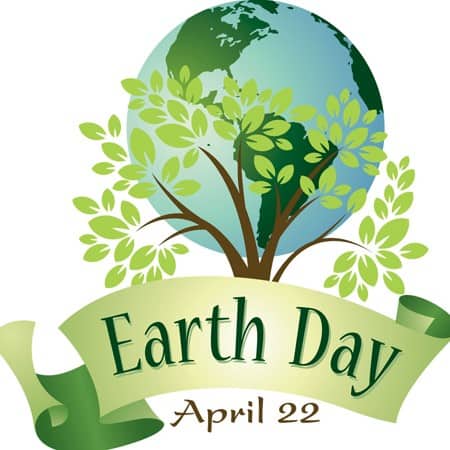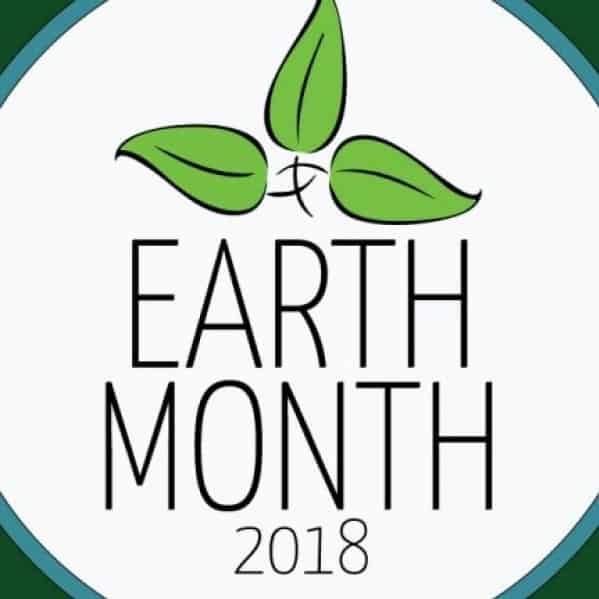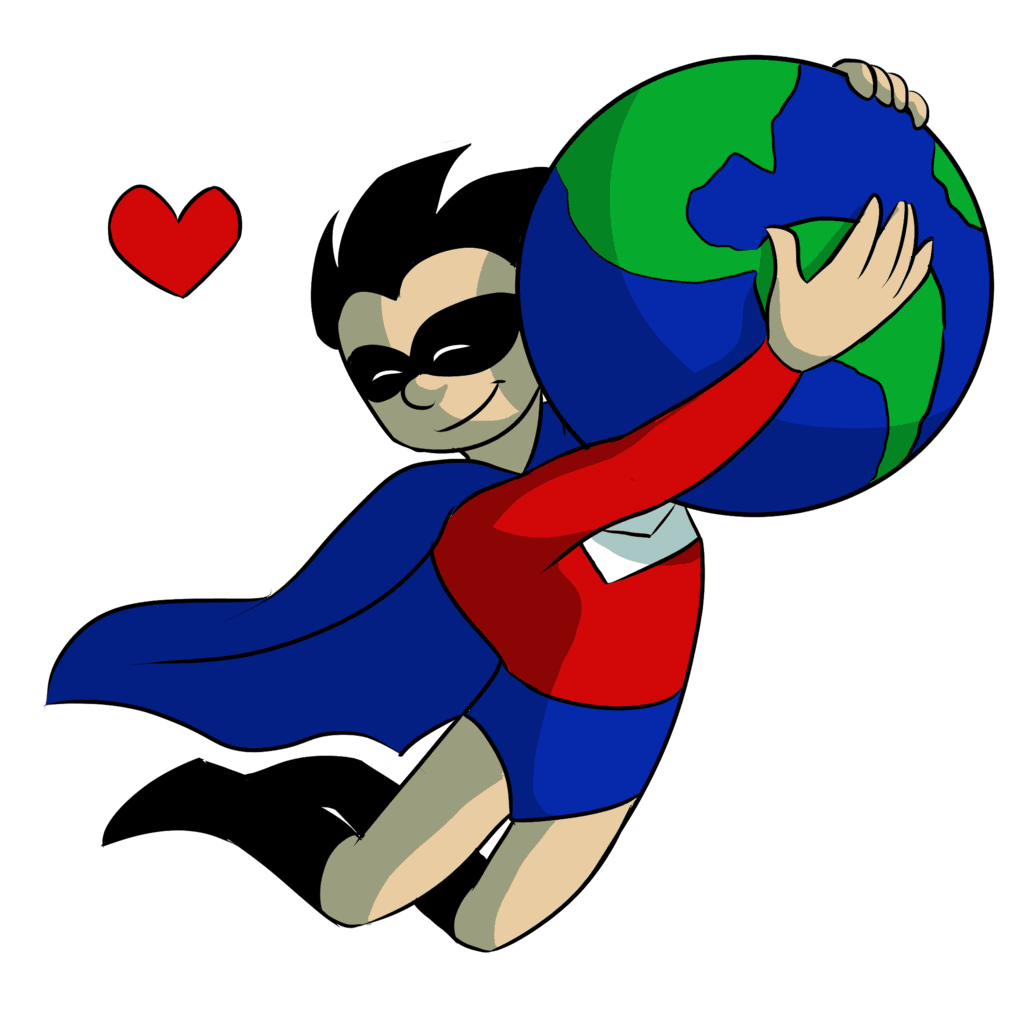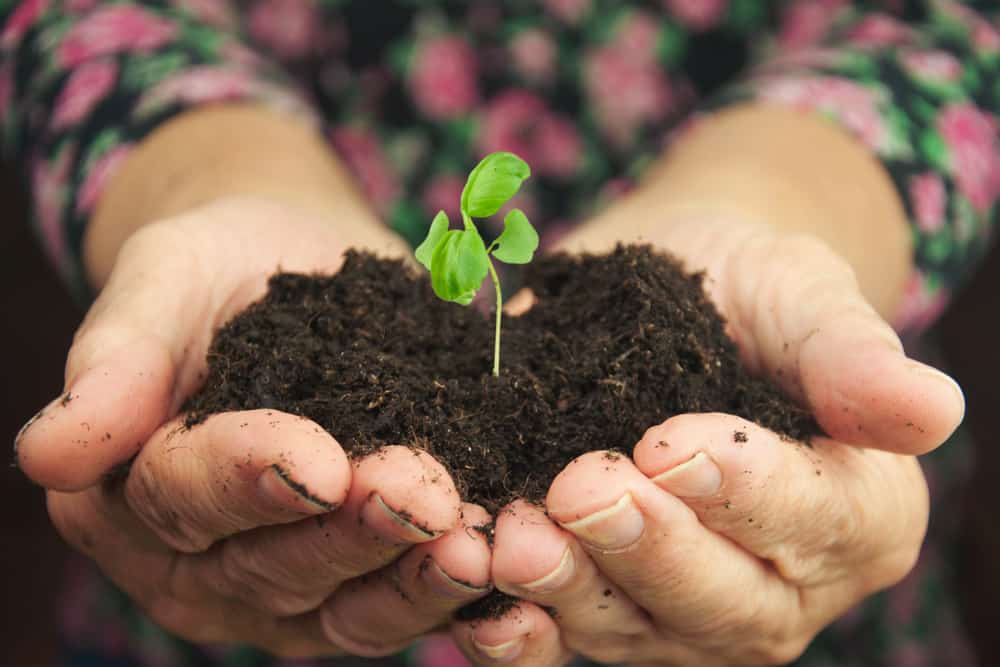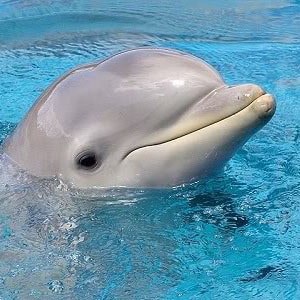Happy 50th Anniversary, Earth Day!! Climate Action is the theme for Earth Day 2020! Most of us know about Earth Day/Earth Month, and many are concerned about the impact society has on our planet Earth. The Earth Day Network wants to”build the world’s largest environmental movement.” Their webpage says: Earth Day Network’s missionContinue reading “50th Anniversary of Earth Day!”
Category Archives: Earth Month
Earth Month 2019 – Protect Our Species!
Earth Month 2019 Protect Our Species! Happy Earth Day! April 22nd marks the anniversary of the birth of the modern environmental movement While the Viet Nam war raged, the last Beatles album was recorded and Simon & Garfunkel released Bridge Over Troubled Water, Rachel Carson’s 1962 bestseller, Silent Spring, was raising awareness about environmental concerns and theContinue reading “Earth Month 2019 – Protect Our Species!”
Earth Day 2018 – End Plastic Pollution!
Happy Earth Month® 2018!! Plastic Pollution! This is the 48th anniversary of Earth Month® and the theme this year is Plastic Pollution. For the purposes of this blog, I’m only going to focus on marine plastic pollution. Learning about all the plastic pollution in our rivers and oceans is quite depressing and aContinue reading “Earth Day 2018 – End Plastic Pollution!”
National Superhero Day! Are You an Earth Month Hero?
April 28th is National Superhero Day! And what better way to be a Superhero than by doing your part to save our planet!? Paper or Plastic? Paper or plastic? Many communities are beginning to outlaw plastic shopping bags. Seems like a no-brainer, right? Plastic is, well, plastic and paper is made from trees. Ergo,Continue reading “National Superhero Day! Are You an Earth Month Hero?”
Spring + Earth Month + Gardening = Composting!
It’s spring and for many that means gardening! Most of us have at least heard of compost, but we really may not know much about how it helps the soil, what should – and should not – go into compost and how to effectively use it once we have it! So. What is compost? Put simplyContinue reading “Spring + Earth Month + Gardening = Composting!”
Happy Dolphin Day!!
Happy Earth Month!! It’s National Dolphin Day!! Do you think of Flipper when you think of a dolphin? Do you think of the social, fun-loving, intelligent, inquisitive mammals of the sea? Who doesn’t love dolphins? Dolphins and whales are cetaceans, which is the collective name for all whales, dolphins, and porpoises. There are 43 speciesContinue reading “Happy Dolphin Day!!”
